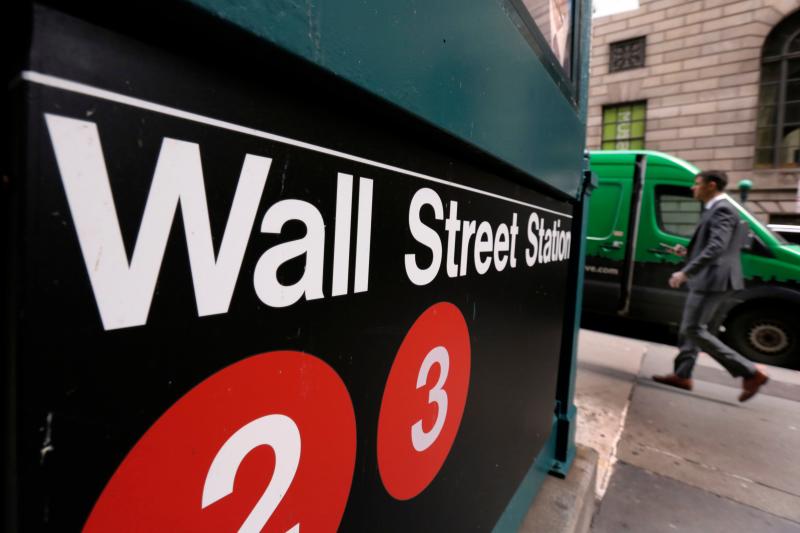(Bloomberg) -- Right on cue, fresh waves of selling are hitting Wall Street trading desks as signs emerge of a second virus outbreak.
Infection cases from America, China and Turkey are giving traders renewed ammo to bet against V-shaped recovery hopes that have helped send the investing world from depression to euphoria in less than 100 days.
In a revival of the market panic last week, the S&P 500 is trading below the 3,000 level, 10-year Treasury yields are sinking below 0.7%, while oil futures in New York are falling near $35 a barrel.
Here are signs of traders are prepping for dangers ahead across the world’s largest debt, equity and volatility markets:
Relentless demand for the safety of U.S. bonds continues anew with hedge funds and other large speculators flipping to long U.S. 10-year Treasury futures for the first time since 2017, according to the latest CFTC data.
All this is putting the prospect of two-year Treasury yields falling to 0% back in the spotlight.
A fresh bout of sharp stock moves may do it -- something traders are currently positioning for. The futures curve for the Cboe Volatility Index, known as Wall Street’s fear gauge, has moved back to a downward-sloping state. Known as backwardation, this shows investors are fretting the near-term outlook equity outlook, after the S&P 500’s more than 40% surge in little more than two months.
All told the threat of outsized stock swings -- the volatility of volatility -- is looming over the rally that added $21 trillion to global indexes.
The jump in the Cboe VVIX Index, which represents the expected volatility of 30-day forward prices for the VIX Index, shows no sign of abating even as the fear gauge retreats from levels last seen in April.
Another worrisome sign: Hedges on the dollar rallying again are rising, a prospect that would tighten international financial conditions in its wake.
Options contracts that pay out if the greenback strengthens over the next month are the most expensive in three weeks. The fact that the price is rising in tandem with currency volatility across tenors shows just how much havens are back in demand.
Over in credit land, European investors are nervous again. The iShares Core EUR Corp Bond UCITS ETF, the region’s largest exchange-based credit fund, saw three straight days of outflows to Friday, for the first time since late March. Investors pulled out more than 300 million euros ($337 million) from the product.
Similarly, the cost of insuring against a default by a European company rose last week by 11 basis points, the most in more than two months.
Their peers lower down in the capital structure are dialing back any optimism that the consumption and investment cycle will stage a spirited rebound.
Dividend futures on the Euro Stoxx 50 have plunged again over the past week -- falling far more than the underlying benchmark -- in a sign of returning anxiety that companies will cut payouts in the continued economic crash.
(Updates with U.S. cash equity trading in third paragraph)
©2020 Bloomberg L.P.
